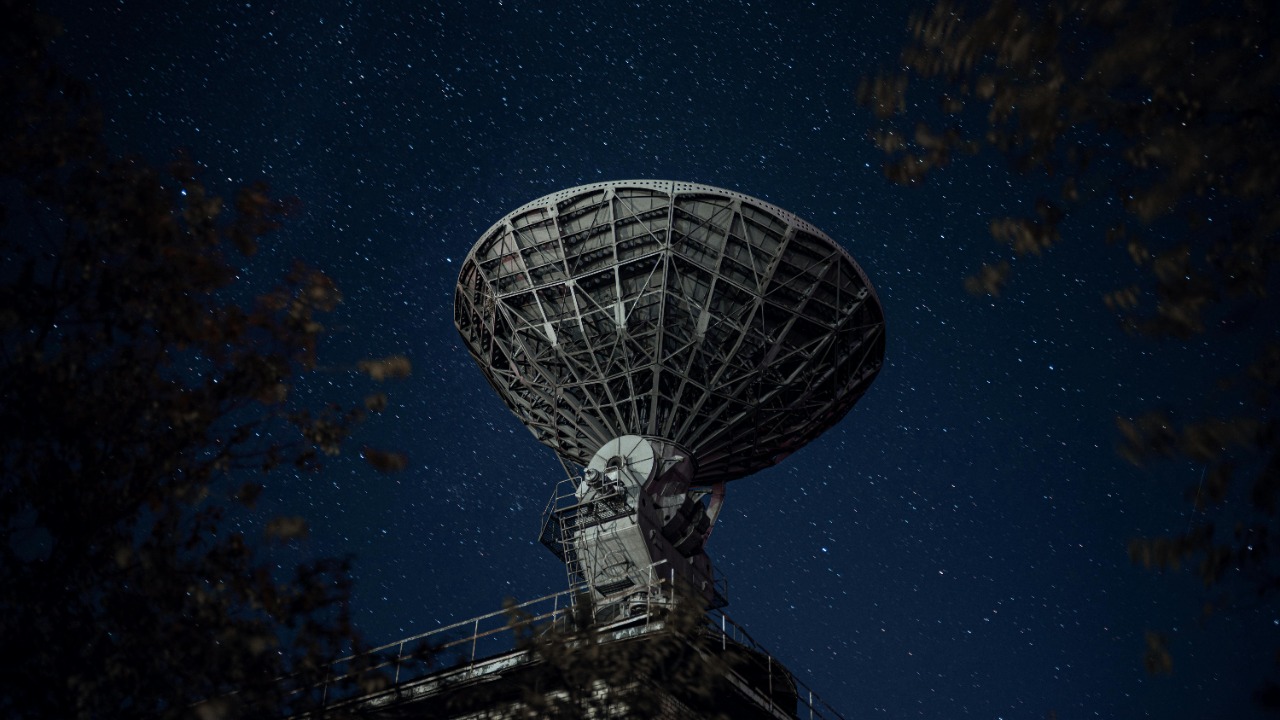
In a groundbreaking observation, astronomers have detected the first ever radio signal from the interstellar comet 3I/ATLAS, an object originating from outside our solar system. This unusual signal initially sparked excitement about potential signs of alien life, but subsequent analysis has revealed key details about the comet’s composition and trajectory, ruling out extraterrestrial origins.
Background on Interstellar Object 3I/ATLAS
3I/ATLAS, the third confirmed interstellar visitor, has been a subject of interest since its discovery. Its non-solar origin was determined based on its unique orbital data. The comet’s speed and trajectory, which confirmed its extrasolar status, were among the initial observations made prior to the radio detection. Live Science provides a detailed account of these early observations, emphasizing the significance of this interstellar object.
Detection of the Historic Radio Signal
The first radio signal from 3I/ATLAS was captured using specialized telescopes. This technical achievement, the first of its kind from any interstellar object, was reported around November 11, 2025. The signal’s frequency and strength were key factors in its detection. The scientific community responded swiftly to verify that the signal indeed originated from 3I/ATLAS, as detailed in Live Science’s coverage.
Initial Speculation Surrounding Alien Life
The unprecedented nature of the radio signal from 3I/ATLAS led to early speculation about potential alien life. Media outlets and experts suggested that the signal could indicate an “alien spaceship,” as reported by LADbible. The detection of the signal prompted questions about extraterrestrial intelligence, with headlines questioning if it “proves” alien origins. This possibility generated significant public fascination and online buzz, as noted by Daily Galaxy.
Scientific Analysis of the Signal
The radio signal from 3I/ATLAS underwent rigorous analysis, including a spectral breakdown to identify its source. The findings revealed that the signal was a result of natural emissions rather than artificial ones. The signal also provided valuable information about the object’s origins, including gas and dust signatures that revealed its composition. Times of India reported on these findings, highlighting how the analysis solved the mystery of 3I/ATLAS’s makeup.
Ruling Out Extraterrestrial Explanations
Astronomers have presented evidence that the radio signal from 3I/ATLAS was not of alien origin. Instead, it was attributed to cometary activity such as outgassing, as reported by Live Science. Data showing the signal’s natural interstellar comet characteristics led to reports confirming that alien origins had been ruled out. The scientific community reached a consensus, as noted in updates from November 12, 2025, debunking theories of an artificial signal, as reported by Inkl.
Implications for Interstellar Research
The detection of the radio signal from 3I/ATLAS has significant implications for our understanding of extrasolar objects and their radio emissions. It also impacts broader comet studies, including comparisons to previous interstellar visitors like ‘Oumuamua. Ongoing monitoring efforts for 3I/ATLAS aim to gather more data on its trajectory and signal evolution, as noted by Daily Galaxy. This historic detection not only debunks theories of alien life but also opens new avenues for interstellar research.
More from MorningOverview